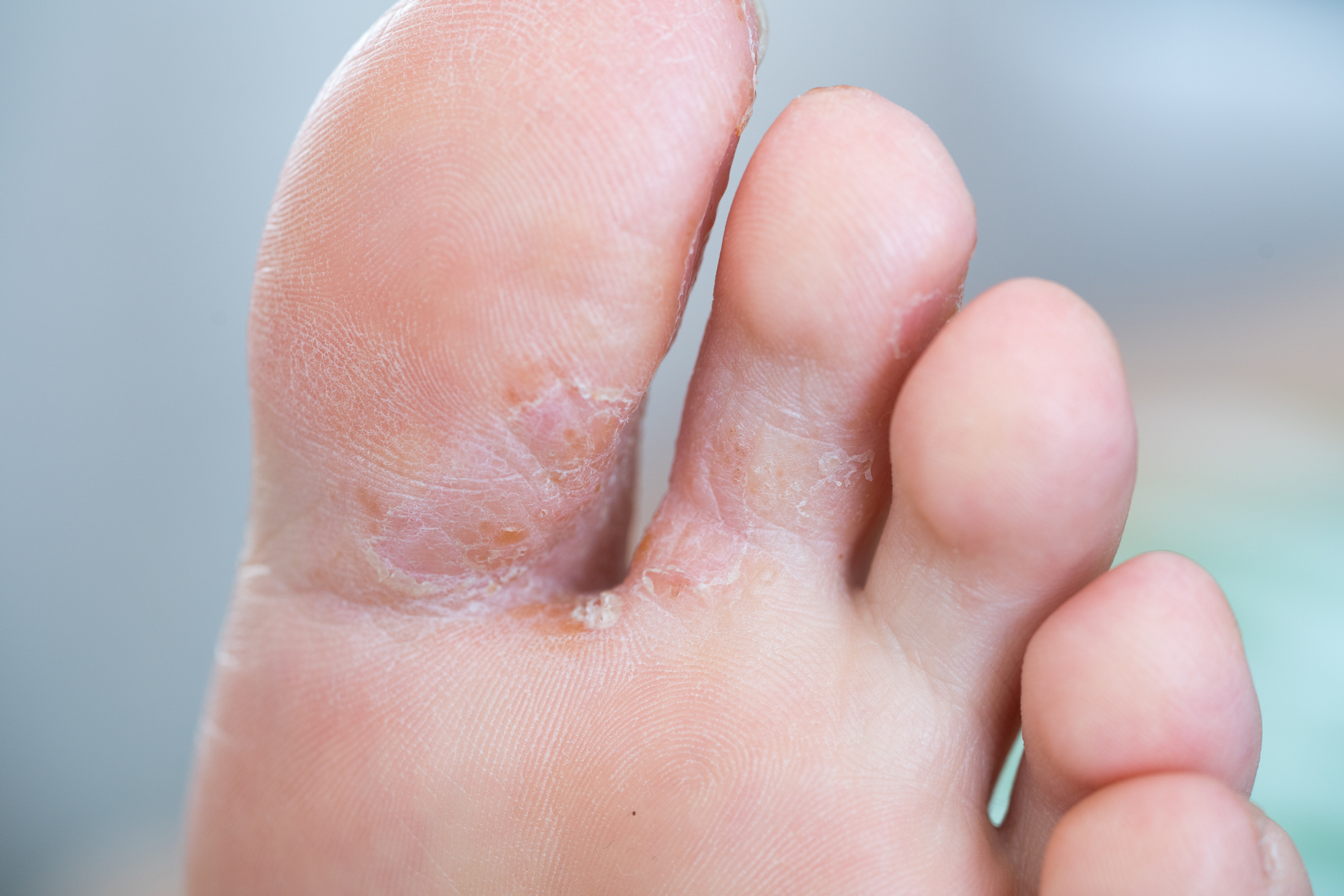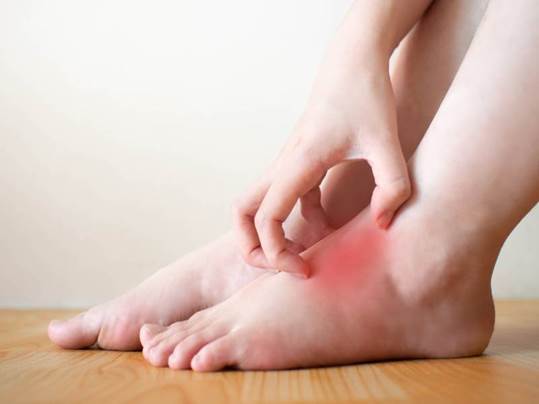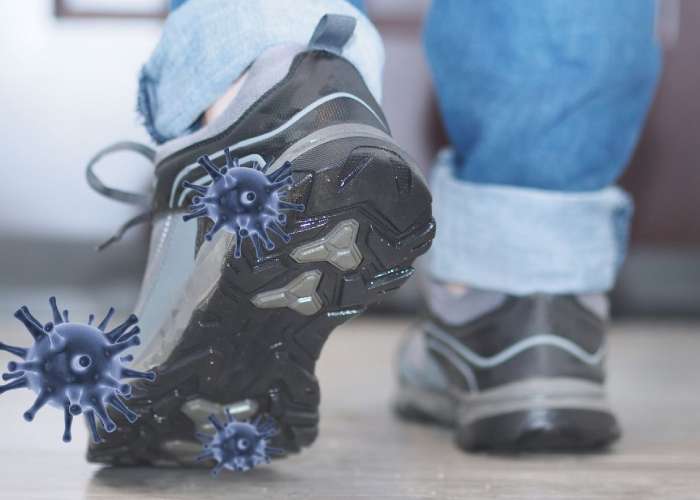In this article from shahpar site we discuss about shoe-allergy, dermatitis and tinea pedis.
Rashes on the feet are a common problem, with most people experiencing athlete’s foot (tinea pedis) as a cause of their symptoms. Tinea pedis may involve all surfaces of the feet, but most commonly involve the area between the toes – symptoms include itching, burning and stinging, but tinea pedis can also be asymptomatic.
Allergic rashes can also occur on the feet, especially the plantar surfaces. Adults who experienced atopic dermatitis as a child may develop eczema of the hands and feet as an adult. Contact dermatitis can also involve the feet as a result of shoe allergy.

Contact Dermatitis to Shoes
Contact dermatitis to shoes usually results as an itchy, blistering or peeling rash on the balls of the feet. The rash may also be present on the bottoms of the toes and the heels but usually doesn’t involve the instep of the foot or the areas between the toes.
Shoe allergy only very rarely affects the top of the foot. Various studies show that contact dermatitis to shoes can affect all types of people – children and adults, men and women, and various occupations, and is especially well described in military personnel.
There are a number of different chemicals known to cause contact dermatitis as a result of shoes, the most common being various kinds of rubber compounds and chromate salts, which are used as tanning agents on leather products. Less common causes of shoe allergy include various glues, resins, metals, and pigments.

Rubber Compounds
The most common rubber compound causing shoe allergy is mercaptobenzothiazole, but can also include thiuram, mercapto compounds, black rubber mixes, and carba compounds. These chemicals are present in the sole of the shoes, and therefore shoe allergy from rubber compounds would usually present as itchy rashes on the bottom of the feet.
Chromate
Chromate salts are used in the tanning process for leather. This chemical is the most common cause of shoe allergy in military personnel, and likely in other professions as well (such as police and firefighters, construction workers, etc).
Rashes from chromate exposure could occur on the top or bottom of the foot, depending on the location of leather on the shoes. Avoidance of chromate should be relatively easy by simply wearing non-leather shoes.
Glues and Resins
Butylphenol formaldehyde resin is a common cause of shoe allergy caused by glues and resins. This resin is used to glue together various parts of shoes, particularly leather and rubber parts shoes. Rashes from butylphenol formaldehyde resin would usually be located on the top and sides of the feet, where the seams of the upper part of the shoe are present.
Avoidance of shoes that contain many pieces that are glued together, and rather wearing a shoe that is manufactured from a single piece of material, should prevent contact dermatitis from this resin.
Pigments and Metals
Less commonly, people can experience shoe allergy as a result of pigments or metals present in the fabric of the shoe. These could include chromate, cobalt, disperse blue 106 or other pigments. Rashes from pigments present in shoes would typically occur on the top and sides of the shoe, where the skin is in contact with pigmented fabric.
Avoidance of shoes made of pigmented fabrics, particularly darker colors such as blues, greens, and blacks, should prevent contact dermatitis from pigments.











